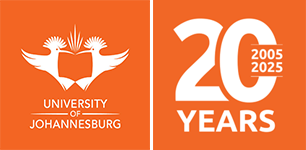A patent is a document, delivered by an authority that confers to its owner the right to exclude others from making, using, selling, importing, or offering an invention for sale for a fixed period of time.
The patent owner may give other parties permission to use the patented invention via license agreements. The patent may also be sold.
Filing a patent application – filing a complete patent application can take up to six months. The Commercialisation Office commissions a patent agent that specializes in the scientific domain of the invention. Inventors send an as detailed as possible description of their invention, a base upon which the patent agent will write up the application and file it in UJ’s name. (Since UJ is the owner of inventions made by its employees)
To be patentable, the invention must be:
- Novel (different from prior art)
- Inventive (non-obvious to those in the field)
- Practical for industrial applications and reproducible.
If the patent office considers that these conditions are not met, the patent office will transmit objections that the patent agent needs support and assistance from the inventors.
The procedure for granting a patent begins by filing the initial application (called priority filing) in a national or regional office. During the 12 months that follow, it is possible to extend the geographical coverage of the application by international filing called PCT (Patent Cooperation Treaty) or by filing applications with other national offices. In the case of a PCT filing, there is a deadline of 30 months from the date of the priority filing to choose the countries in which the patent application will be further filed.
Obtaining a patent can take from 2 to 6 years (or more). The patent is valid for 20 years from the date of first filing.
The price of a patent
There are several costs involved: the fees of the patent agent, the official taxes that must be paid during the patent process and the annual fees during the life time of the patent. These costs depend on the number of countries in which patent protection is desired. The C&TTO covers the initial costs. After that, the costs are usually shared with the laboratory, then eventually covered by industrial partner(s).
